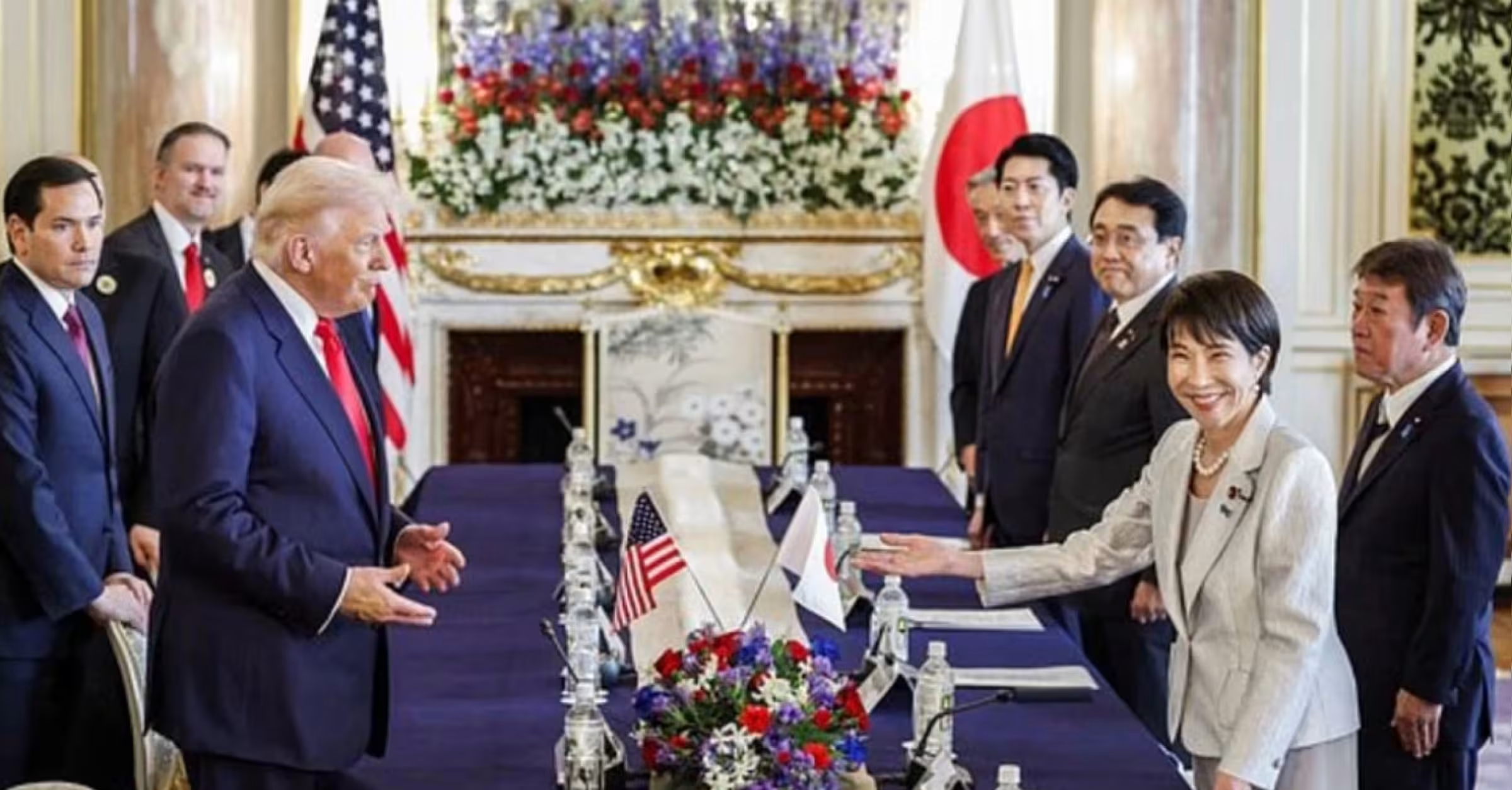
It is interesting that after years of grumbling about unfair trade deficits and the yen being too weak – President Trump was noticeably mute on these during his state visit to Japan this week, leaving it to Commerce Secretary Bessent to throw out an obligatory, but gentle, reminder (via an X post) to the new Takaichi government to allow the Bank of Japan the policy space for “anchoring inflation expectations and avoiding excess exchange rate volatility.” Amid a broad expectation that the BOJ is going to do nothing much at all on either front, the comment though had little impact, moving JPY higher by less than a single yen - reversing only a few days of recent weakness. Meanwhile, at around ¥152, JPY is now over 40% weaker since the last time Trump was in Japan (mid-2019).
What Trump did instead tout loudly while here was the signing of a “US$550 BILLION investment package” agreed to back in September in an MOU out of the two countries’ prolonged and oft-strained tariff negotiations (undertaken by the previous Ishiba administration). That package – helpfully documented in English by Japan’s METI in a “Joint Fact Sheet for Japan-U.S. Investment” – outlines a list of pipeline projects across Energy, AI infrastructure & Critical Minerals that 21 Japanese companies have promised to undertake in the U.S. over coming years. As listed, they add up to around $400 billion (not $550 billion!) of what is essentially Foreign Direct Investment (FDI) from Japan into the U.S.
While these loosely-defined commitments are offered up as a Japan-wide effort to avoid heavier U.S. tariffs and to deepen alignment with the U.S. on economic-security issues, the irony of the package lies in the effect that such an increase in Japan’s FDI into the U.S. may have on the U.S. Balance of Payments and effectively the U.S. deficit, and thus USDJPY.
Whether it be $550 billion, $400 billion, or either actual investment or loans, on paper at least, the package of FDI effectively represents a commitment to sell JPY for USD, and merely adds to Japan’s already huge net portfolio and FDI outflows to the U.S. Unless entirely USD-self-financed, each project cycle (drawdowns, swaps, hedge rolls) creates recurring JPY-selling needs. In balance of payments accounting, additional such FDI represents an increased surplus on the U.S. capital (financial) account with Japan, which in turn represents an increased deficit on its current account. Net-net, that leans JPY-negative.
Perhaps expecting a wider recognition of this point, Japan’s chief trade negotiator Ryosei Akazawa, speaking earlier this month, tried to downplay how the package of investments might impact the yen, suggesting that “rather than the funding coming from Japan exchanging its currency for the dollar, […] it would come from the country's foreign-exchange special account. Any money borrowed from that account must be returned at some point.” (Nikkei Asia). As extraordinary as this suggestion that the government’s USD reserves may be used in this way sounds, it nevertheless denies the reality that such reserves will almost certainly be replenished. The broader impact is the same.
So, at the end of the day, whether fully understood by them or not, the proud touting of this Japan-U.S. investment package strongly implies that the Trump administration is tacitly comfortable with a continued weaker yen, as long as it comes with the promise of more “American Jobs”. No wonder perhaps then that the dozen or so corporate leaders who stood with Mr. Trump at the press conference this week, holding their respective investment pledges, were smiling so broadly. Interestingly, I noted standing among them, that the Chairman of Toyota – who was not included in METI’s list of 21 companies promising new investments – tried to announce plans instead to actually import U.S.-manufactured cars back into Japan. An announcement President Trump seemed to overlook, pronouncing instead that Toyota would be investing $10 billion in building auto plants “throughout the United States”, a claim that a “spokesman for Toyota declined to comment on”.
And, of course, at the end of the day, all of these grand “commitments” are openly qualified with the words “are considering” and “up to”. Beyond the smiling photo opportunities, whether real FDI flows are impacted much at all remains to be seen, and is probably not the point.